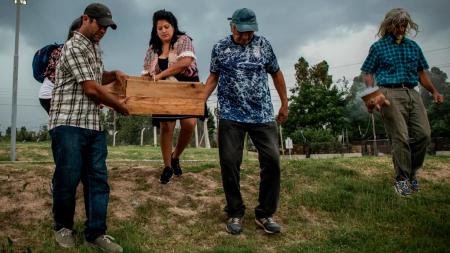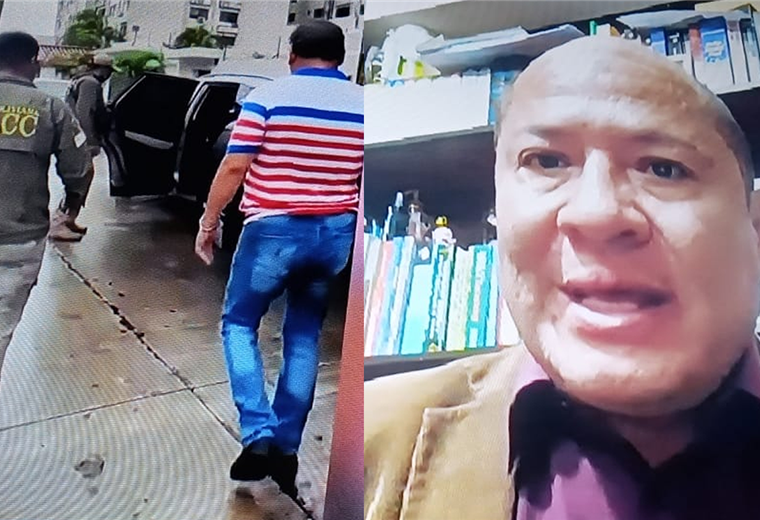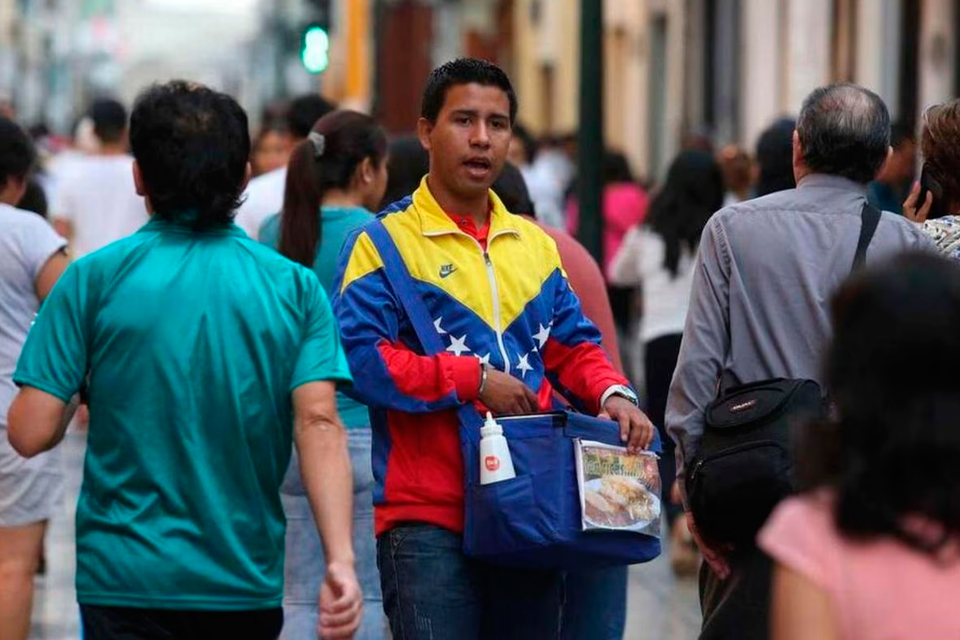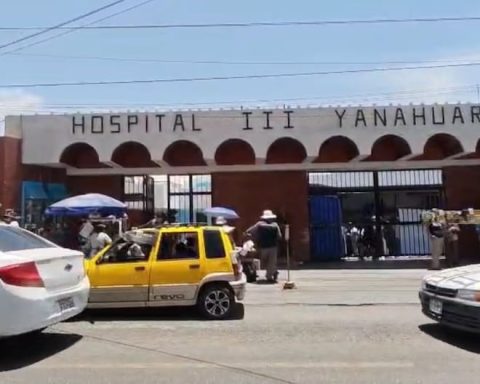The Indigenous Community of Punta Querandíin the Tigre district, asked the Museo de La Plata to return the remains of 42 ancestors kept in drawers by that institution so that they may rest in peace in their territory, which, if completed, will be the largest restitution in the country.
The remains have been claimed since 2009, and in 2021, the restitution of the first eight ancestors was achieved of the original request of 50 ancestors to the community.
This restitution was in coordination with the Provincial Council for Indigenous Affairs (CPAI), the Provincial Directorate of Cultural Heritage, the National Institute of Anthropology and Latin American Thought (INAPL) and the National Institute for Indigenous Affairs (INAI) and ended with the burial of the remains in their territory under the ancestral rituals in July and December 2021.
“Having fulfilled that great responsibility, We started the process to recover the human remains of 42 ancestors corresponding to the Arroyo Sarandí site, excavated by Samuel Lothrop in 1925, which according to the researcher Mariano Bonomo are in the Museo de La Plata”, the note demanding restitution specifies.

According to a report on Lothrop’s collection, from June 2013, the note specifies, these remains “were placed in drawers that were sent to the MLP, where today they are kept in the Anthropology Division, together with the skeletons of El Cerrillo and those of Arroyo Malo excavated by Pablo Gaggero”.
“On January 10, 2022, in response to said request, the National Institute of Indigenous Affairs (INAI) through its Area for the Identification and Restitution of Indigenous Human Remains and Protection of Sacred Sites, approved the restitution of the 42 bodies from the site Arroyo Sarandí and defined it as a ‘continuation of the historical reparation policy’ that has been undertaken by the INAI from the regulation of Decree 701/10 in the framework of the Bicentennial”, the Community remarked in its note presented to the Museum
In January 2022, when INAI approved the restitution of these 42 ancestors, the anthropologist coordinating the Area for the Identification and Restitution of Indigenous Human Remains and Protection of Sacred Sites, Fernando Miguel Pepetold Télam that “these remains of men and women were exhumed by the American archaeologist samuel lothropin 1925 in the Delta.
It is particularly interesting to determine that Lothrop worked extensively for the United States intelligence service using his career as a front for strategic intelligence gathering work in the countries he toured.”

“Thus, Lothrop was one of the few foreigners who was authorized to conduct excavations in Argentine territory. Although documents implicating him with his work for the CIA in Argentina have not yet been declassified, his work for decades for that mission has come to light.” agency and others, in other countries that he visited as an archaeologist”, he detailed on that occasion.
The Indigenous Community of Punta Querandí in the note presented this Monday to the Museum of La Plata highlighted that “one year after this fact, we ask the highest authorities of the Faculty of Natural Sciences and Museum of the University of La Plata to advance in this process so that the ancestors coming from the Arroyo Sarandí site are no longer held in the house of studies and can return to their territories”.
“To discuss these issues, we propose a hearing between the dean and representatives of our community“, also requested the community.
Santiago Chara, from the Council of Elders of the Punta Querandí Indigenous Community, told this agency that “the human remains of our ancestors must be reburied where the Arroyo Sarandí site was, a sacred territory destroyed in 1999 during the construction of the private neighborhood Las Caletas del famous Nordelta”.
“The National State knows about this destruction, there are official documents from that time, but Nordelta never had any sanction nor was it forced to repair that damage. After more than 20 years, the original peoples are going to achieve the restitution of those lands so that the ancestors return to their place from where they should never have left,” explained Chara, who clarified that this sector currently does not correspond to a private home but to an area with public access that is used as a parking lot, so a remodeling that allows reburial.


















